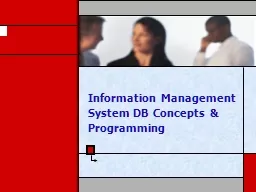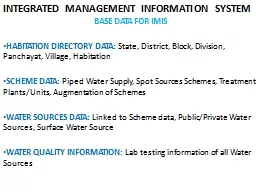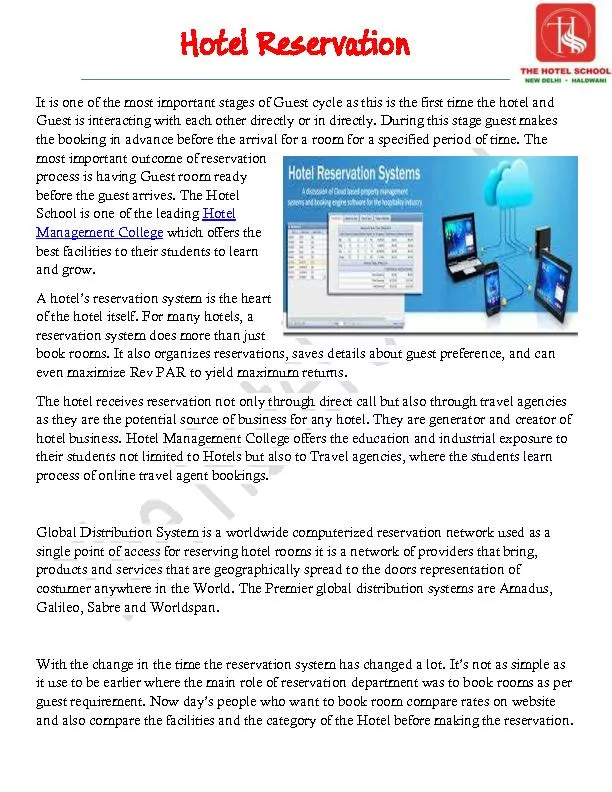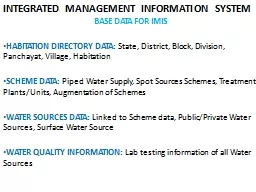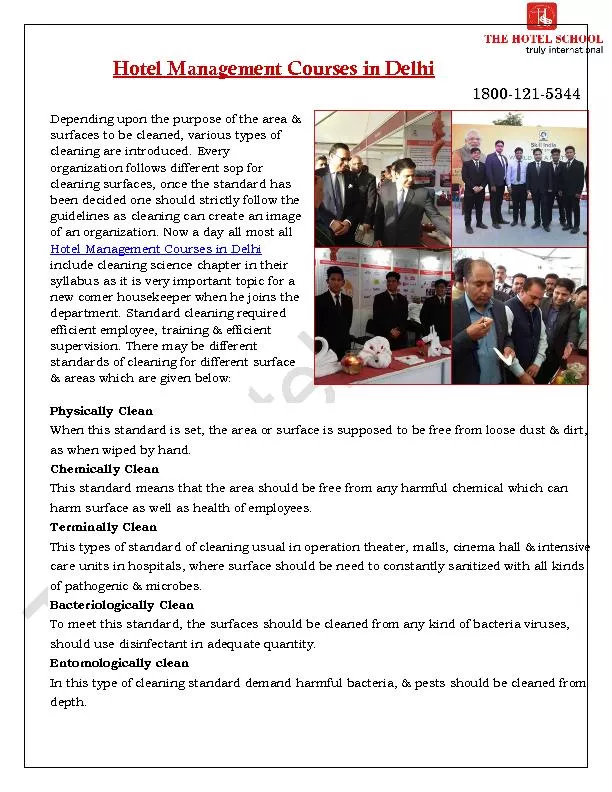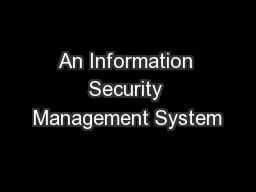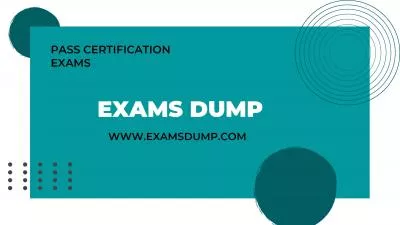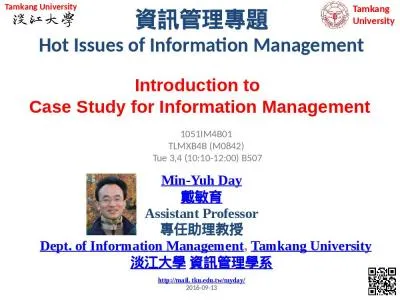PPT-Information Management
Author : min-jolicoeur | Published Date : 2016-10-31
System DB Concepts amp Programming Files Vs Databases Networked Hierarchical amp Relational structure Access types HSAM HISAMHDAMHIDAMVSAM IMS DB an Hierarchical
Presentation Embed Code
Download Presentation
Download Presentation The PPT/PDF document "Information Management" is the property of its rightful owner. Permission is granted to download and print the materials on this website for personal, non-commercial use only, and to display it on your personal computer provided you do not modify the materials and that you retain all copyright notices contained in the materials. By downloading content from our website, you accept the terms of this agreement.
Information Management: Transcript
Download Rules Of Document
"Information Management"The content belongs to its owner. You may download and print it for personal use, without modification, and keep all copyright notices. By downloading, you agree to these terms.
Related Documents

